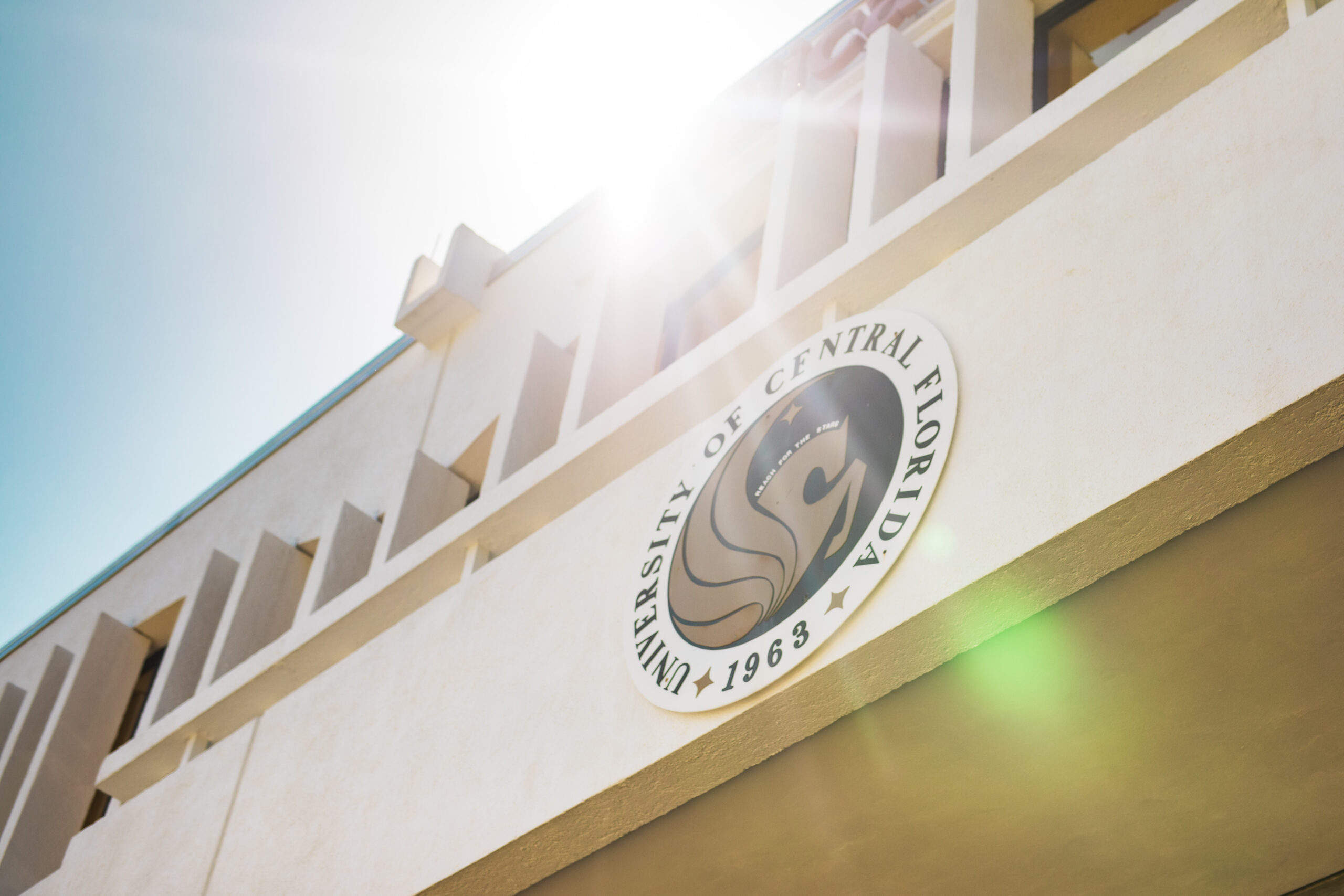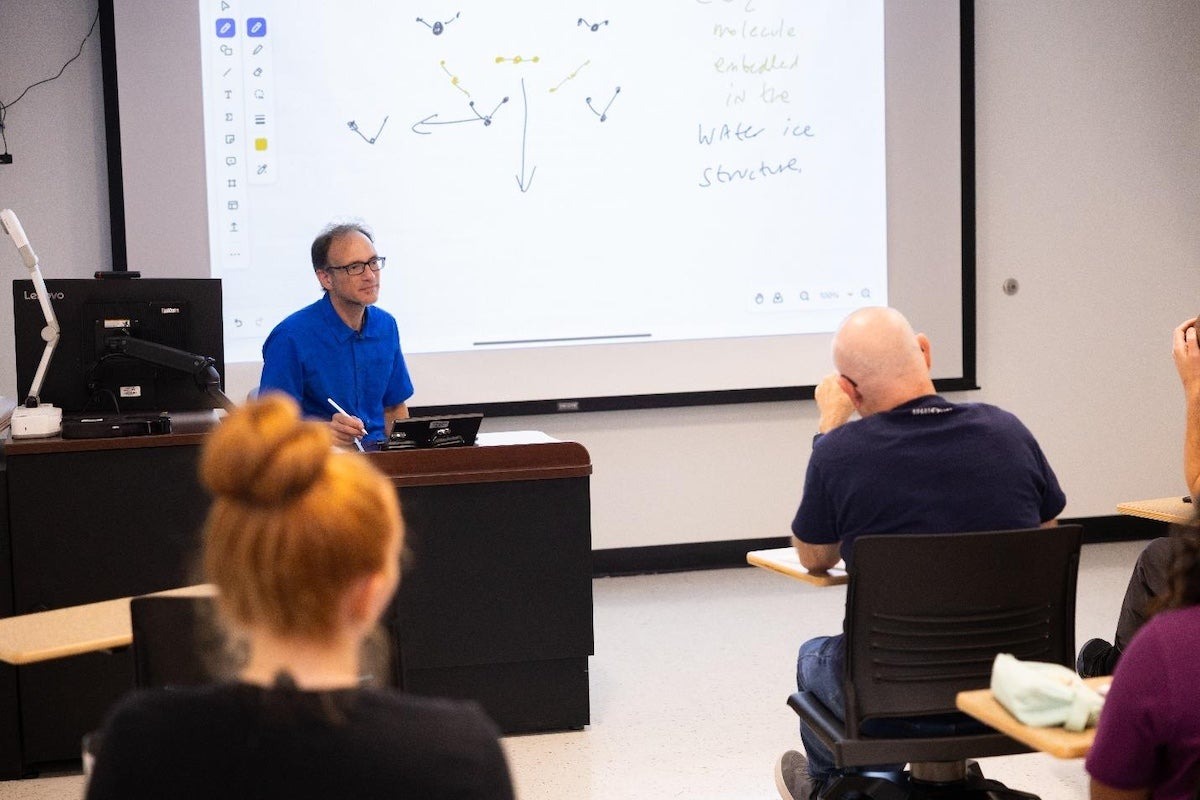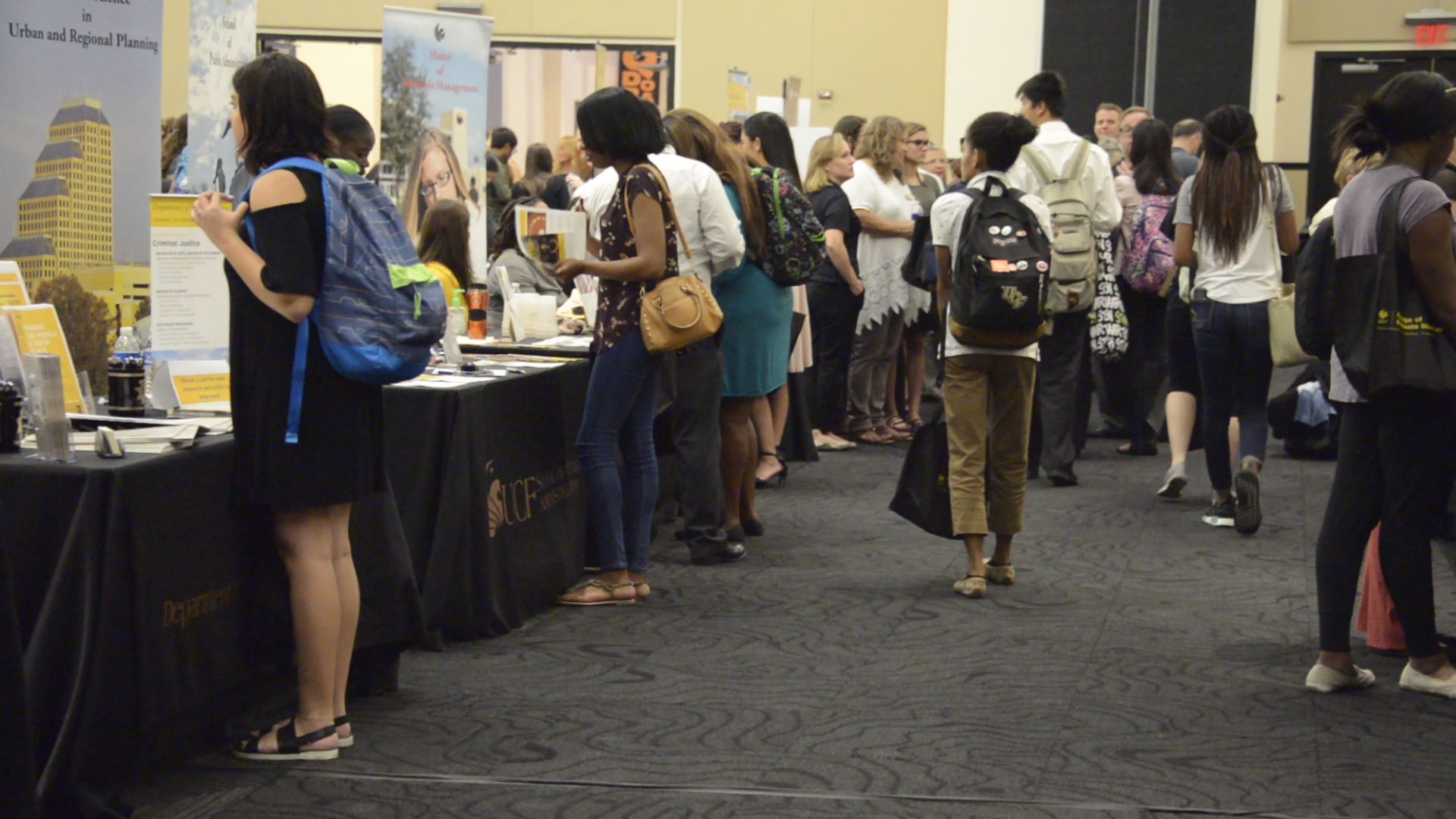UCF Researchers Develop Technology for AI that Mimics the Human Eye
University of Central Florida researchers have developed a device for artificial intelligence that mimics the retina of the eye.
The development could lead to advanced AI that can instantly recognize what it sees, like automatic descriptions of pictures taken by a camera or phone. The technology also has applications in self-driving vehicles and robotics.
The device, which is detailed in a new study in the journal ACS Nano, also outperforms the eye in the number of wavelengths it can see, from ultraviolet to visible light and on to the infrared spectrum.
Its uniqueness also comes from its ability to integrate three different operations into one. Current intelligent imaging technology, like what’s used in self-driving vehicles, requires separate sensing, memorization, and processing of data.
By combining the three steps, the UCF-designed device is many times faster than current technology, the researchers say. The technology is also very small, with hundreds of the devices fitting on a one-inch-wide chip.

“It will change the way artificial intelligence is realized today,” says study principal investigator Tania Roy, an assistant professor in UCF’s Department of Materials Science and Engineering and NanoScience Technology Center. “Today, everything is discrete components and running on conventional hardware. And here, we have the capacity to do in-sensor computing using a single device on one small platform.”
The technology expands upon previous work by the research team that created brain-like devices that can enable AI to work in remote regions and space.
“We had devices, which behaved like the synapses of the human brain, but still, we were not feeding them the image directly,” Roy says. “Now, by adding image sensing ability to them, we have synapse-like devices that act like ‘smart pixels’ in a camera by sensing, processing, and recognizing images simultaneously.”
For self-driving vehicles, the versatility of the device will allow for safer driving in a range of conditions, including at night, says Molla Manjurul Islam ’17MS, the study’s lead author and a doctoral student in UCF’s Department of Physics.
“If you are in your autonomous vehicle at night and the imaging system of the car operates only at a particular wavelength, say the visible wavelength, it will not see what is in front of it,” Islam says. “But in our case, with our device, it can actually see in the entire condition.”
“There is no reported device like this, which can operate simultaneously in the ultraviolet range and visible wavelength as well as infrared wavelength, so this is the most unique selling point for this device,” he says.

Key to the technology is the engineering of nanoscale surfaces made of molybdenum disulfide and platinum ditelluride to allow for multi-wavelength sensing and memory. This work was performed in close collaboration with YeonWoong Jung, an assistant professor with joint appointments in UCF’s NanoScience Technology Center and Department of Materials Science and Engineering, part of UCF’s College of Engineering and Computer Science.
The researchers tested the device’s accuracy by having it sense and recognize a mixed wavelength image — an ultraviolet number “3” and an infrared part that is the mirror image of the digit that were placed together to form an “8.” They demonstrated that the technology could discern the patterns and identify it both as a “3” in ultraviolet and an “8” in infrared.
“We got 70 to 80% accuracy, which means they have very good chances that they can be realized in hardware,” says study co-author Adithi Krishnaprasad ’18MS, a doctoral student in UCF’s Department of Electrical and Computer Engineering.
The researchers say the technology could become available for use in the next five to 10 years.
Study co-authors also included Durjoy Dev ’21, a graduate of UCF’s doctoral program in electrical engineering; Ricardo Martinez-Martinez ’19MS, a student in UCF’s doctoral program in optics and photonics; Victor Okonkwo, a UCF undergraduate student studying biomedical sciences and mechanical engineering; Benjamin Wu with Stony Brook University; Sang Sub Han, a postdoctoral associate in the Jung Research Group at UCF; Tae-Sung Bae and Hee-Suk Chung with the Korea Basic Science Institute; and Jimmy Touma, a research scientist at the U.S. Air Force Research Laboratory.
The work was funded by the U.S. Air Force Research Laboratory through the Air Force Office of Scientific Research, and the U.S. National Science Foundation through its CAREER program.
Roy joined UCF in 2016 and is a part of the NanoScience Technology Center with a joint appointment in the Department of Materials Science and Engineering, the Department of Electrical and Computer Engineering, and the Department of Physics. Her National Science Foundation CAREER award focuses on the development of devices for artificial intelligence applications. Roy was a postdoctoral scholar at the University of California, Berkeley prior to joining UCF. She received her doctorate in electrical engineering from Vanderbilt University.
Share This Article

UCF Women’s Club Honors 3 Graduate Students with Prestigious Sheila B. Somerville Scholarship
Financial support is often the cornerstone of academic success, and for many students, scholarships open the door to higher education. Beyond easing financial stress, these awards provide recognition, motivation, and a...
Latest News

UCF Launches 1st Planetary and Space Sciences PhD Program in Florida
As SpaceU, UCF is pushing the boundaries of exploration by launching a groundbreaking new doctoral program in the planetary and space sciences. Now, aspiring researchers can apply to the inaugural cohort of...

UCF Fulbright Awardees Bring Their Passions to a Global Scale
Each year, the Fulbright Program offers opportunities for American students to conduct research, teach English, or pursue graduate study abroad. One of the most prestigious international exchange programs in the...

Unleash Opportunities with a UCF Graduate Degree
A graduate degree has the power to unleash opportunities by expanding careers, opening doors to new fields, and increasing lifetime earnings. According to the U.S. Bureau of Labor Statistics (2024),...

UCF Rosen College Ranks No. 1 in the World for Hospitality Education for 2025
One of the most anticipated theme parks in the world is about to open its gates — and right next door, the No. 1 hospitality and hotel management school on...